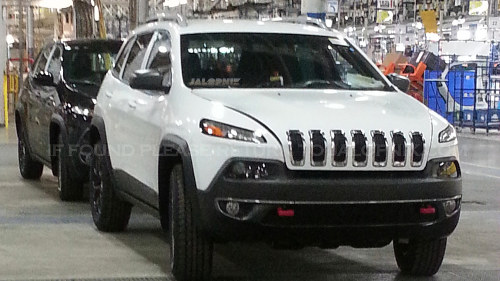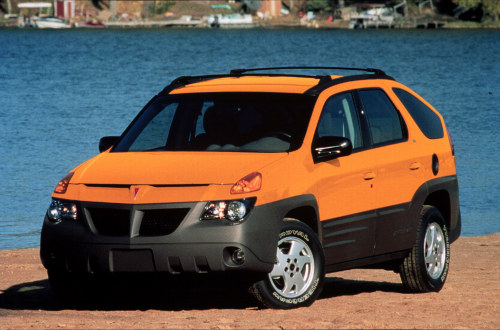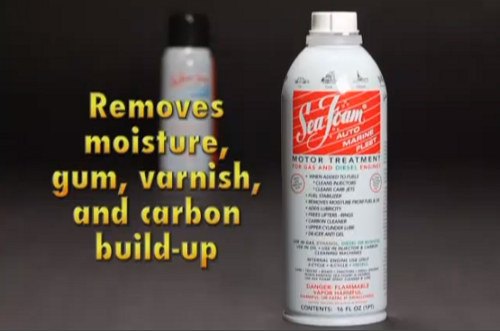
 Author Archive for Jason Lancaster
Author Archive for Jason Lancaster
Jason Lancaster is the editor and founder of TundraHeadquarters.com. He has nearly a decade of experience on the retail side of the auto industry, and another decade of experience of the part and accessory side of the industry.
Why Do People Buy Trucks – 2013 Edition
In 2009, I wrote a post titled “Why Do People Buy Trucks” that explained the most common reasons consumers gave for buying a pickup. This data came from Ford market research:

As you can see, towing and work dominate the results, with about 1 in 6 buyers buying because of “image.”
While I believe these numbers understate the “image” market (a lot of the “towing” people talk about is infrequent and well within the capabilities of smaller vehicles), it’s the best data we have about the purpose people have in mind when they buy a truck.
However, this data doesn’t shed much light on how people decide to buy a specific make and model. Fortunately, recent data published by JD Power paints a very interesting picture.
Search terms people used to find this page:
- tundraheadquarters
Numbers Show Tundra Is Poised to Eclipse GMC Sierra, Possibly Overtake Ram 1500
Over the last few weeks, PickupTrucks.com has published both 2012 half-ton retail sales figures and 2012 total half-ton sales, which gives us the data we need to talk about “fleet mix,” or the percentage of trucks that Ford, GM, Ram-Fiat, Toyota, and Nissan sell to fleets.
- F-150 sales – 19.1% fleet
- Sierra 1500/Silverado 1500 sales – 11.5% fleet
- Ram 1500 – 12.3% fleet
- Tundra – 4.2% fleet
- Titan – 16.5% fleet
These numbers show that Ford is the king of fleet sales, and that Toyota doesn’t depend on fleet transactions nearly as much as the rest of the truck manufacturers listed.
Why does this matter? Because fleet sales should never be compared to retail sales, as a fleet buyer has very little in common with a retail buyer (more on that below). Yet despite this inequality between a fleet buyer and a retail buyer, Ford, GM, and Ram-Fiat are never shy about quoting total sales numbers (which include fleet) and then using these numbers to brag about their “increased share.”
Specifically, if we look at retail numbers only, Toyota’s share of the retail half-ton truck market is about 9.5%, and that number is only going to grow as the 2014 model hits the street.
Search terms people used to find this page:
- tundraheadquarters
The Last Company To Produce A Car This Ugly Went Out Of Business
If you haven’t seen the secretly obtained photo of the new 2014 Jeep Cherokee, than put down your coffee (or beer) and try not to do a spit-take all over your keyboard.

2014 Jeep Cherokee, as seen on Jalopnik.com (it’s their photo – click the image to see the original story).
Ugly, right? Not just ugly, but really, really ugly. Pontiac Aztek ugly.

The Pontiac Aztek was so ugly that it put Pontiac out of business (well, sort of).
And comparing this new Jeep to the Aztek is 100% on-point, because the last company to make a car this ugly went out of business.
Simply stated, the design failure of the 2014 Jeep Cherokee may very well be evidence of severe problems at Chrysler-Fiat.
Should You Sea Foam Your Tundra? I Wouldn’t
A recent thread on TundraSolutions.com about using Sea Foam – a chemical designed to remove carbon deposits from inside your engine – got Tim and I talking. Would we use it on our vehicles? Why or why not?

Should you use Sea Foam on your Tundra? There are a lot of reasons to be cautious.
While I don’t think Sea Foam is bad for vehicles (it isn’t, at least if it’s used correctly), I’d say that it’s a bad investment for most vehicle owners. Here’s why:
Search terms people used to find this page:
- tundraheadquarters
The Trouble With Weight-Saving Technologies
While Ram, Ford, and GM truck enthusiasts are falling all over themselves about turbochargers, baby diesels, and active grille shutters, there are much bigger technological advances being developed by truck manufacturers.
Specifically, I’m talking about weight loss – the single-best way to improve truck fuel economy without resorting to complicated fuel-saving technologies or powertrains that don’t quite deliver the power or fuel economy promised.

